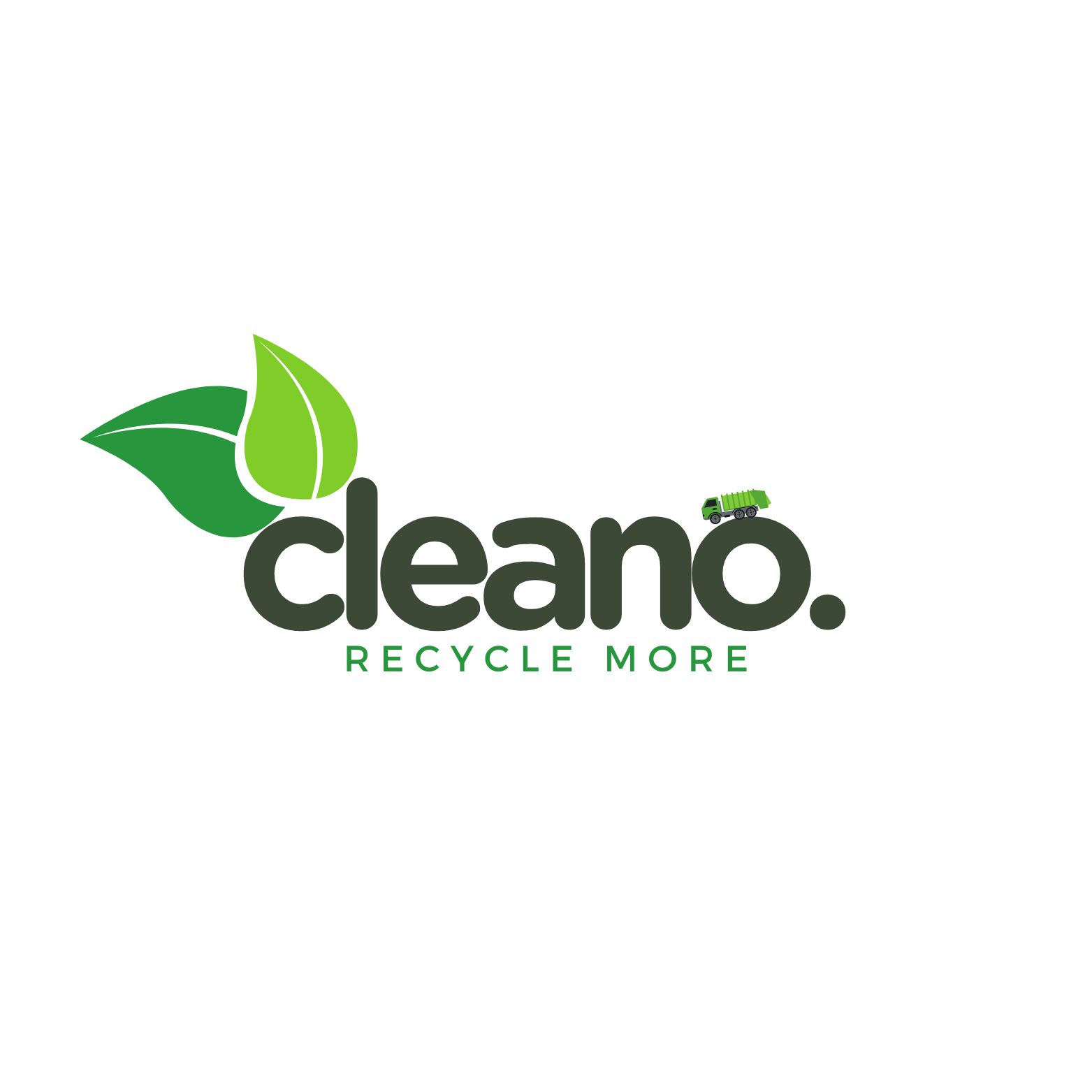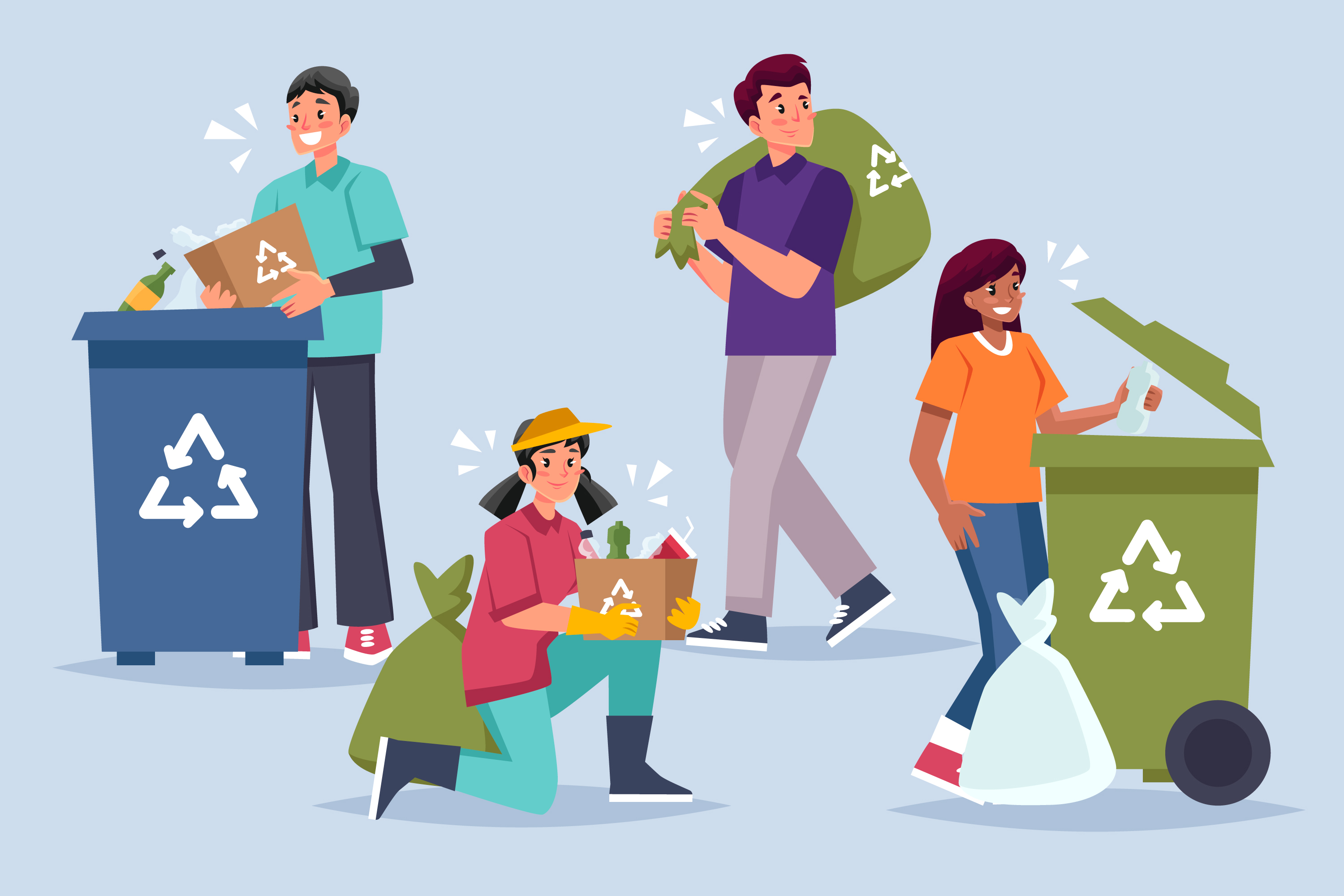Waste Management Tracker with Reward System Clean Kerala, Green Rewards: Transforming Waste Management with Tech & Tokens
India, like many other countries, faces a significant challenge with waste management. The lack of effective waste disposal systems leads to environmental degradation, health hazards, and overall diminished quality of life. Kerala, in particular, has been grappling with waste management issues. To address this, we propose the development of a Waste Management Tracker powered by evolving technologies like AI, along with the expertise of our skilled developers at @Founderfie and @Ad Web Comic Agency.


